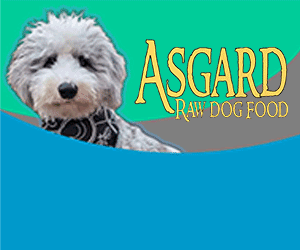“Is There Really Physical Therapy for Pets?”
Four years ago, I found myself asking that very same question.
My name is Lynne Marshall and I have been a human physical therapist for thirty years. When I began to notice changes in the walking pattern of my own German Shepherd, Bella, I began to take classes to see what I could do to correct it. I never realized that there were advanced certifications which would allow me to practice on dogs (and cats).
I earned my accreditation as a CCRT, Certified Canine Rehabilitation Therapist, and trained in the US, as well as in Belgium with other physical therapists and veterinarians from 14 countries. I finally have my DREAM job as I have phased completely into canine and feline rehabilitation and have opened my own practice, Rebound Pet Rehabilitation, in Finleyville, PA.
Throughout a pet’s life, it may sustain an injury, develop an illness, need a surgery, gain excess weight, or just develop aches and pains similar to how it would happen in humans. Because our neurological, muscular and skeletal systems are so similar, physical therapy treatments can be beneficial in reducing pain, increasing function and improving your pet’s quality of life.
If your pet has acute pain due to an injury or after surgery, or chronic pain from arthritis or Lyme disease, there are certain treatment modalities to address it such as cold laser, electric stimulation, shock wave therapy, and pulsed electro magnetic frequency (PEMf). They all use different types of energy to promote healing by increasing circulation and decreasing inflammation and swelling.
Animals can also benefit from manual therapies such as Bowenwork (myofascial technique), massage, mobilization, Neurostretch, PNF (Proprioceptive neuromuscular facilitation), PROM (Passive Range of Motion) to reduce pain, improve joint range of motion and flexibilty.
Exercise is a key component in animal rehabilitation for improving range of motion (ROM), strength, balance and coordination which can be done on land or in an under water treadmill or pool. Home exercise programs are recommended and are designed specifically for each pet to progress between therapy appointments and to maintain their functional level after discharge. Weight loss/conditioning exercise can be prescribed for over weight pets, and specific targeted strengthening exercises can be prescribed for working K9, sport or hunting dogs.
Orthotics (braces), prosthetic limbs, or mobility carts are other ways for your pet to remain mobile. Assistance is provided with measurements, fittings and referrals to specialists.
It is important that the physical therapist work with your veterinarian as a team to help provide the best treatment strategy for improving your pet’s health, so a referral is recommended.
Call, text or e-mail
(412) 508-2285
Lynne@reboundpetrehabilitation.com
www.reboundpetrehabilitation.com
3520 Marion Ave. Ste. 100, Finleyville PA 15332



